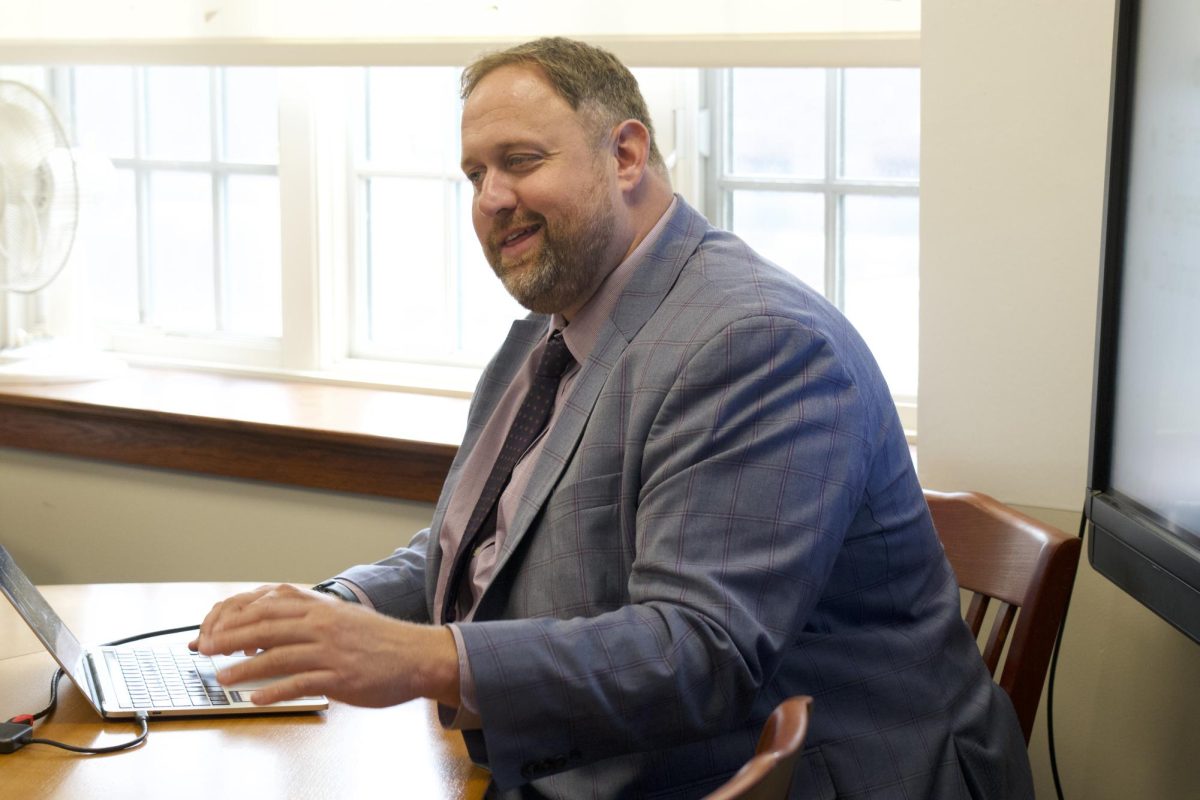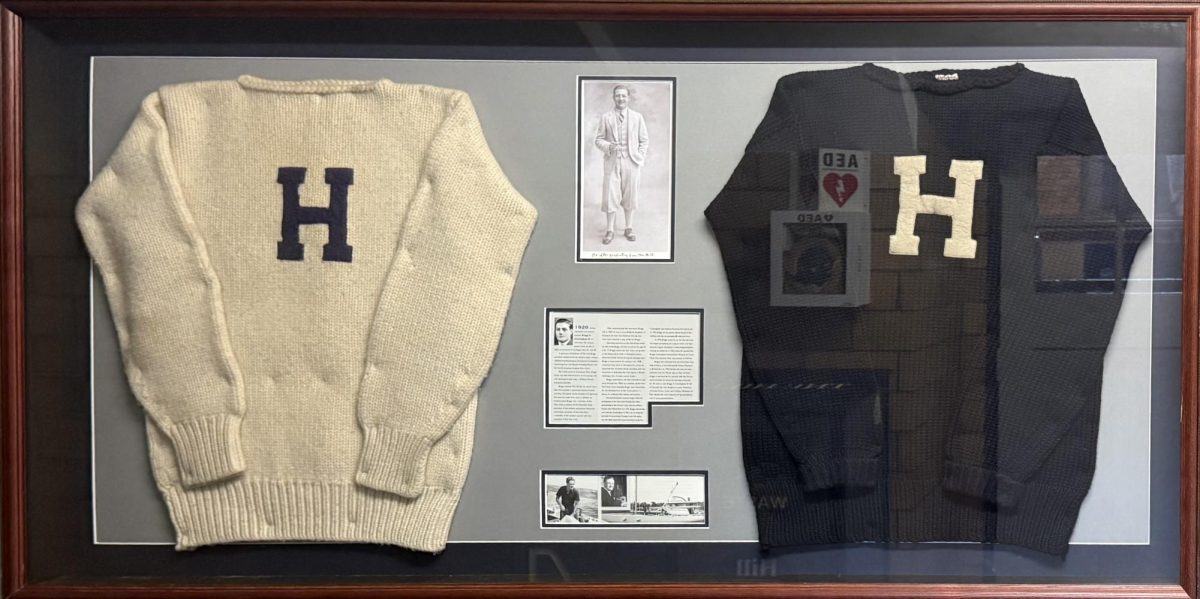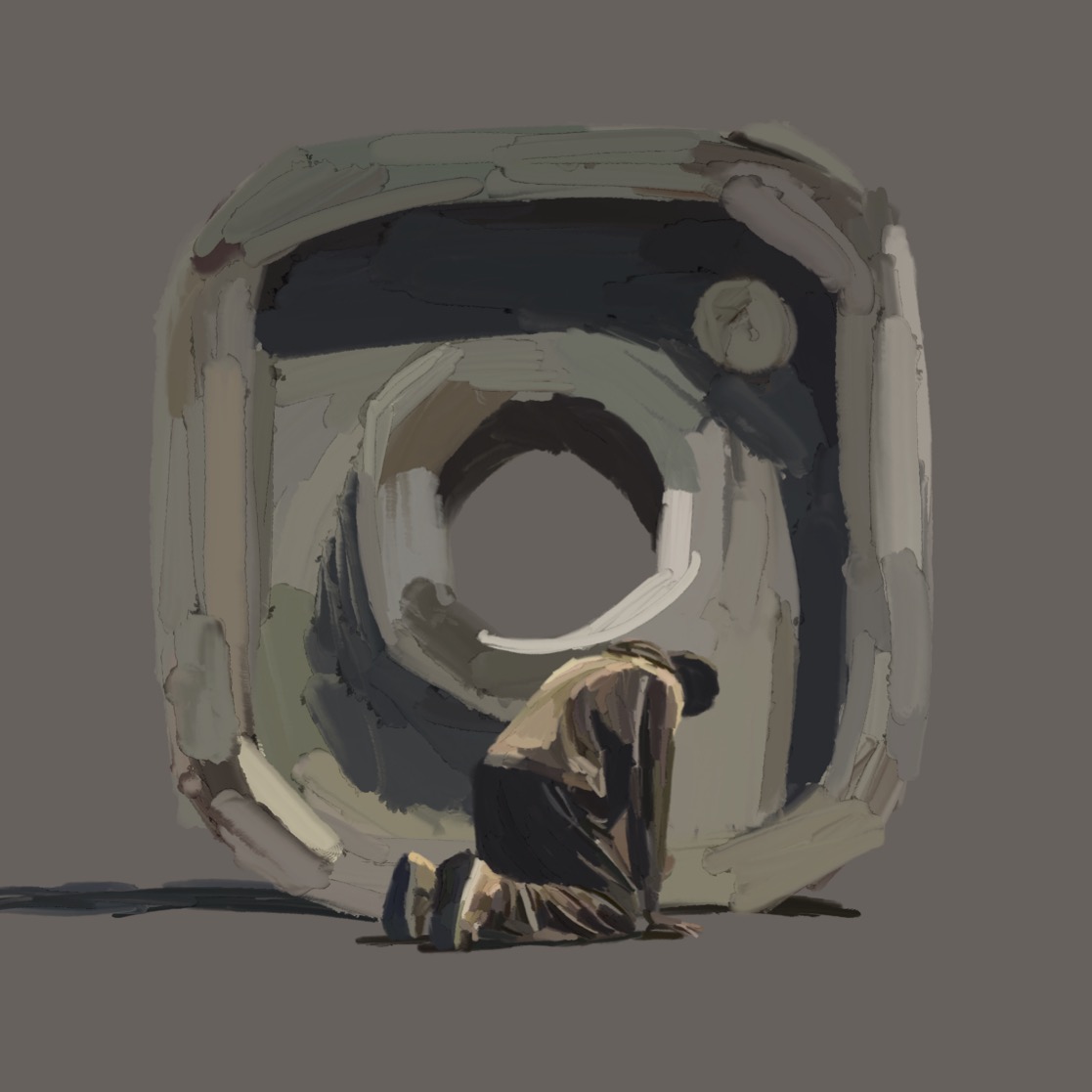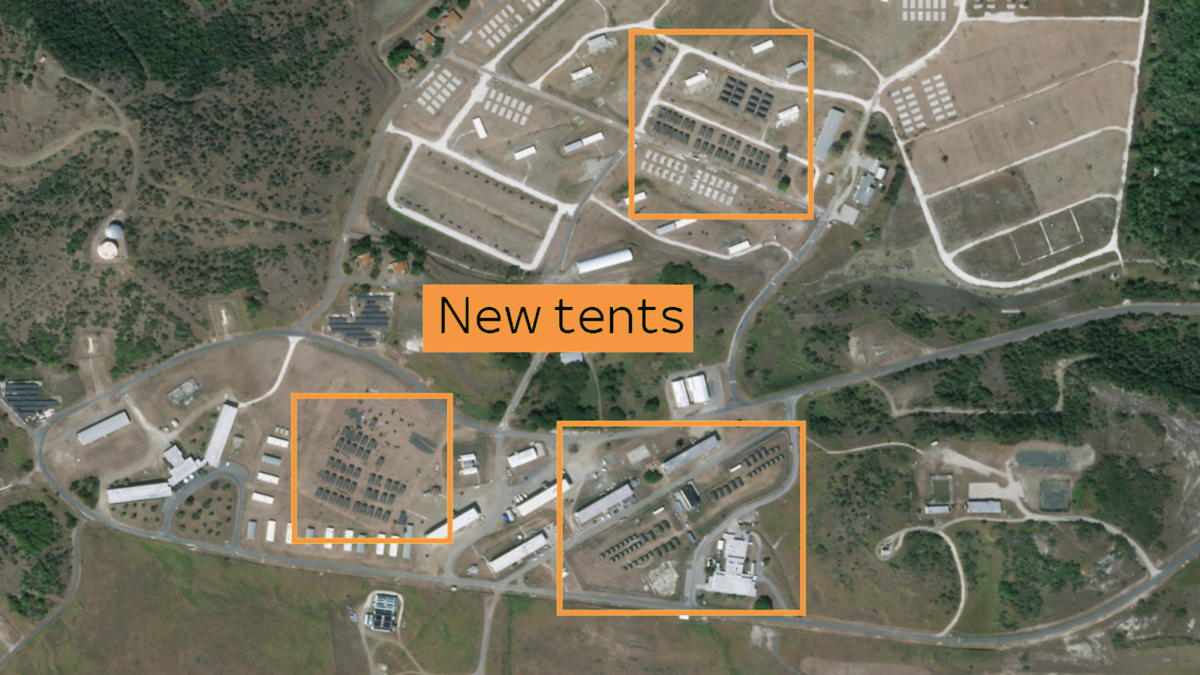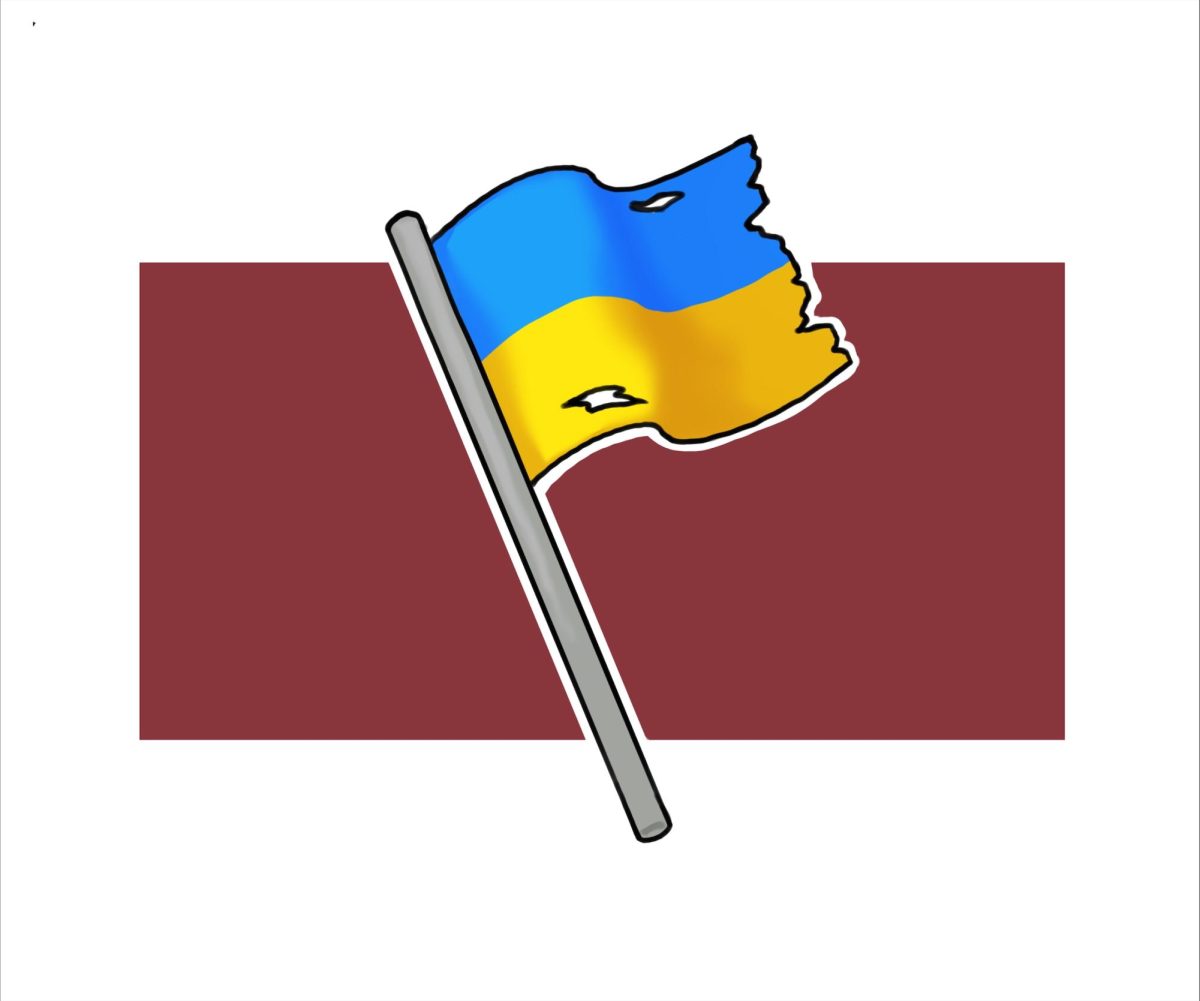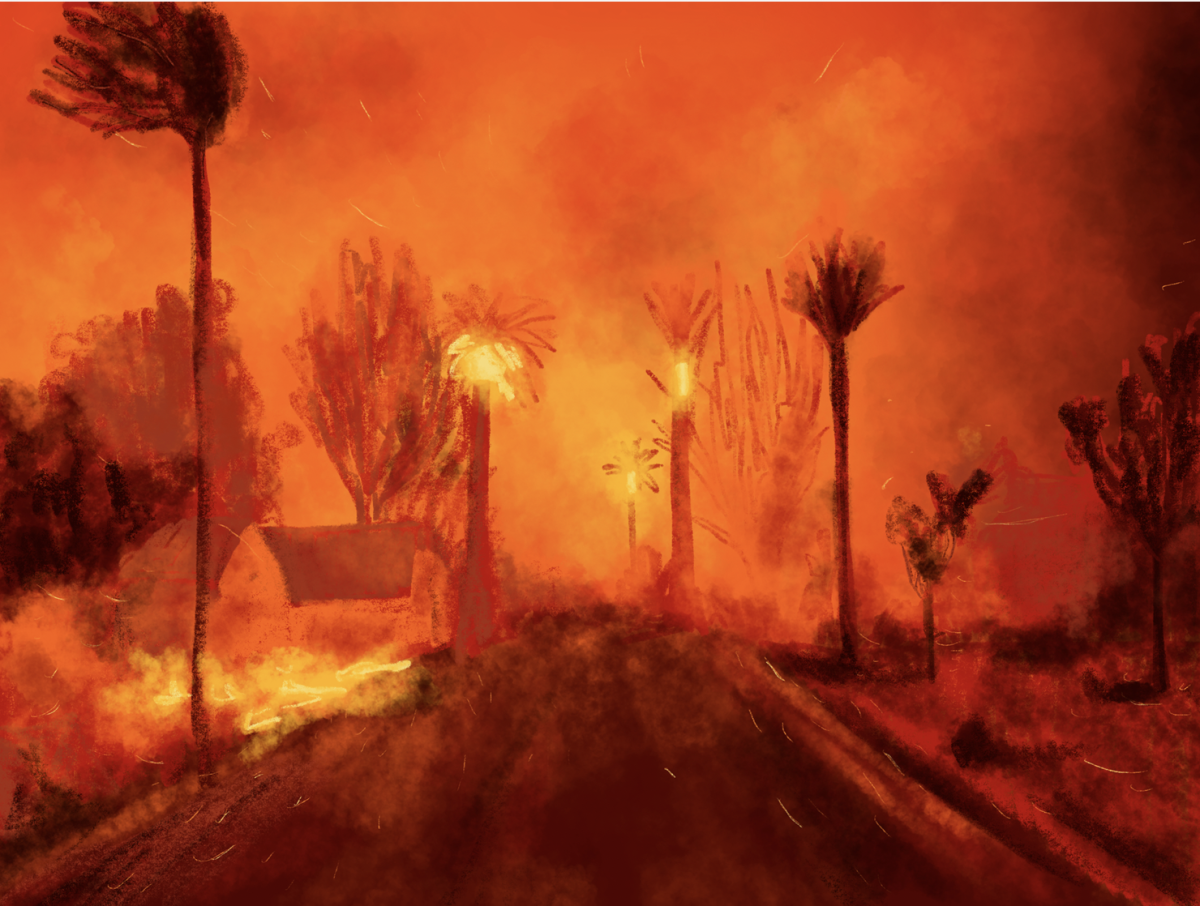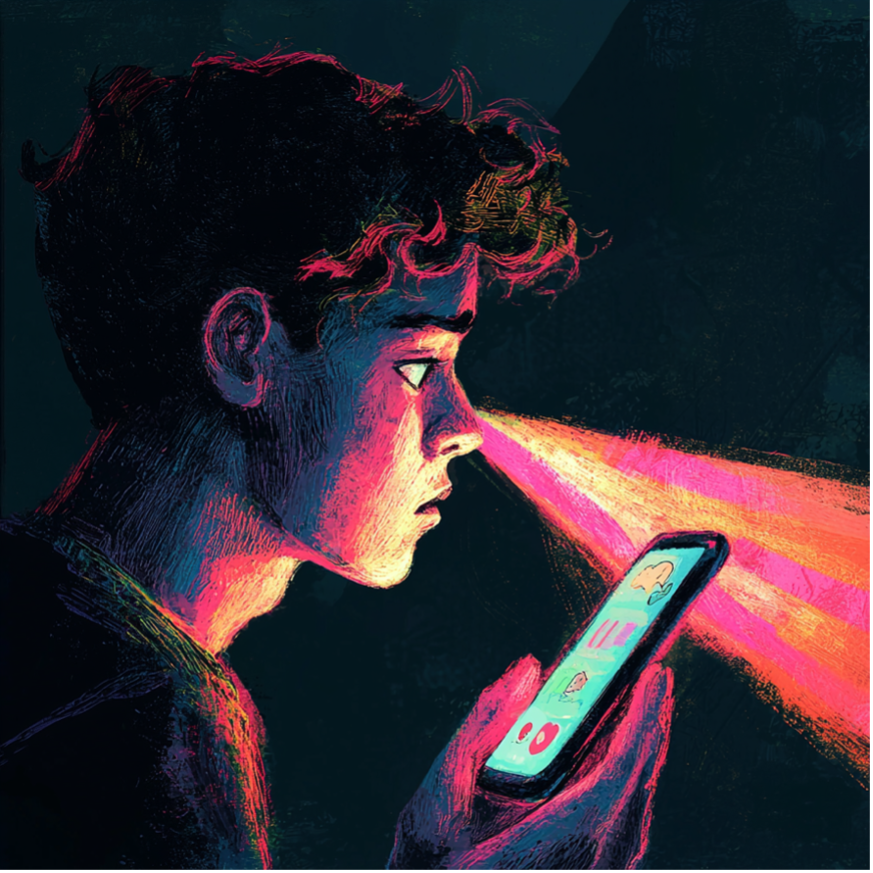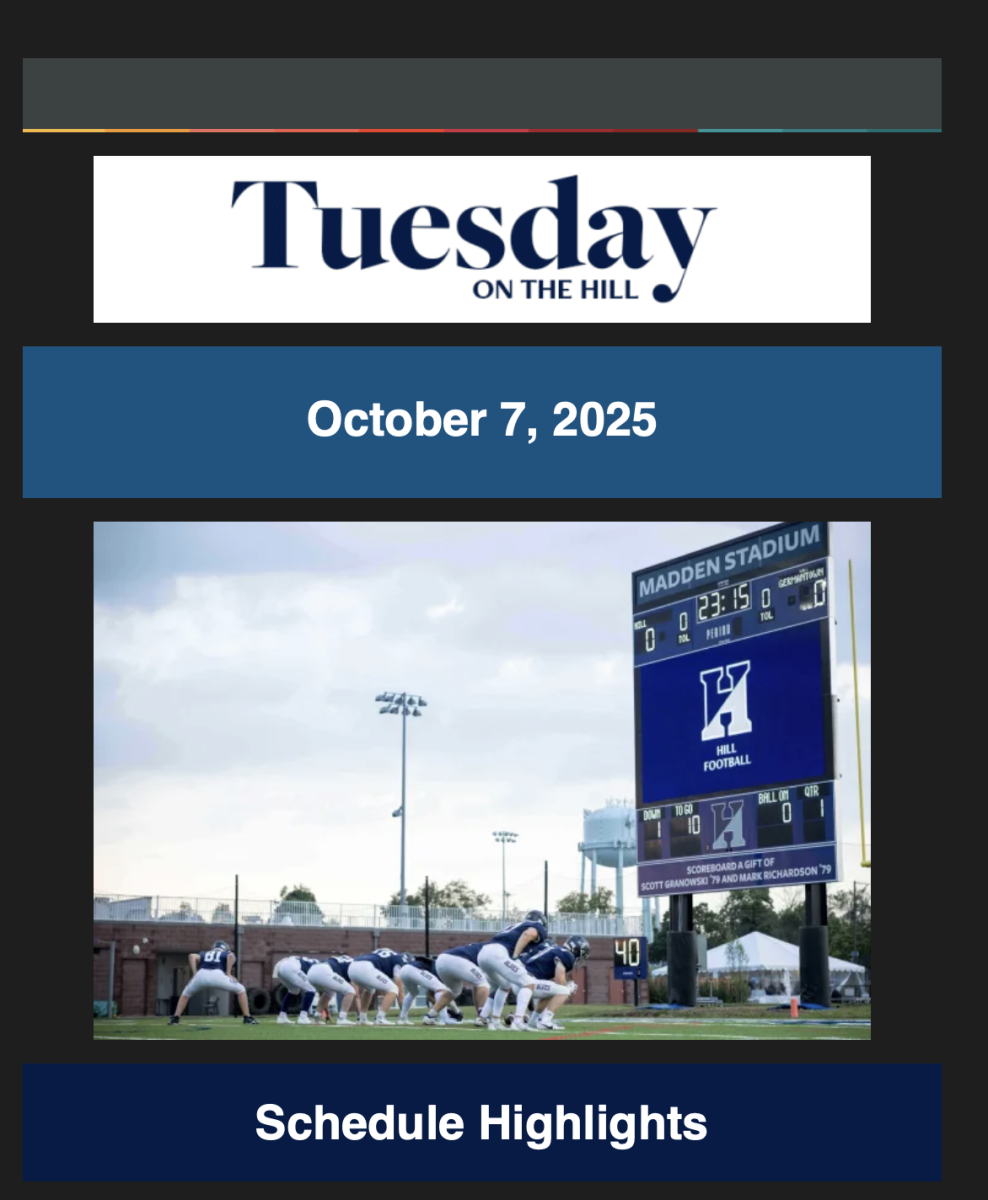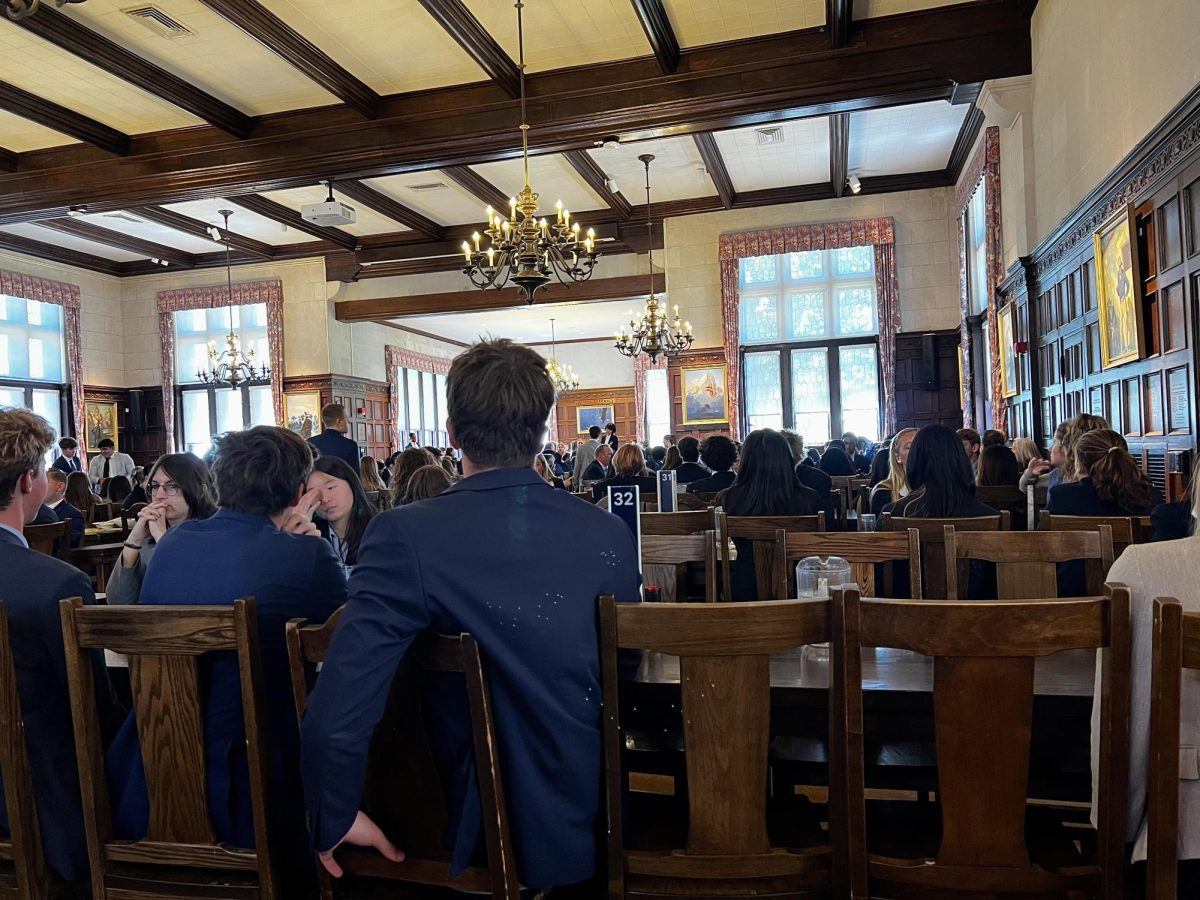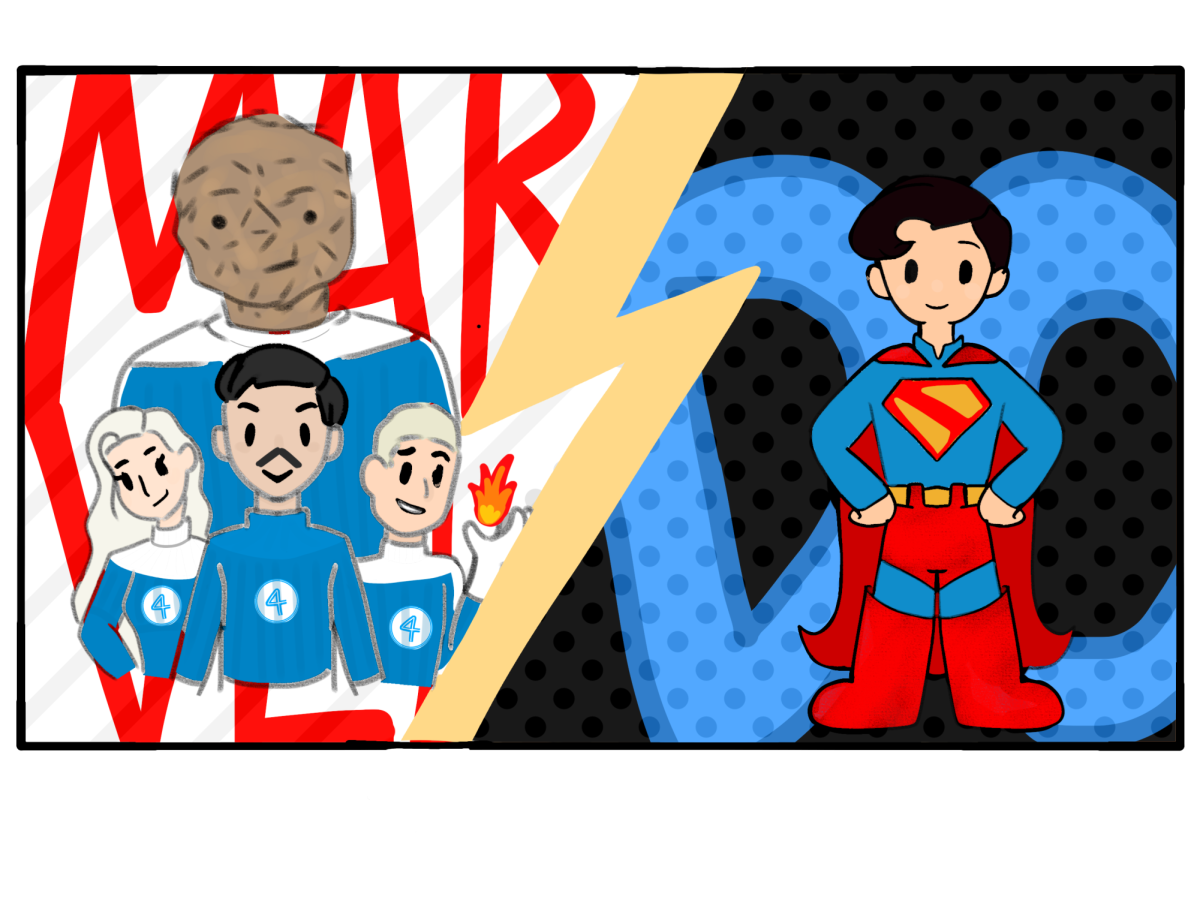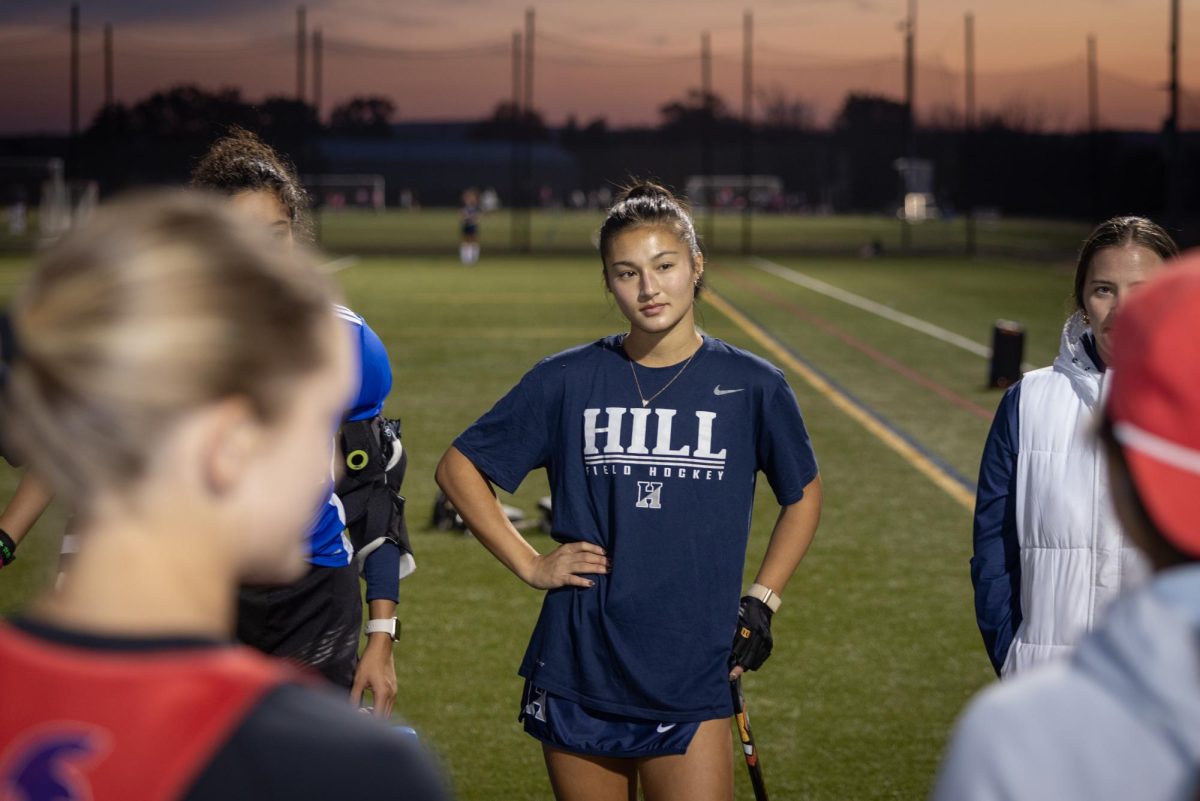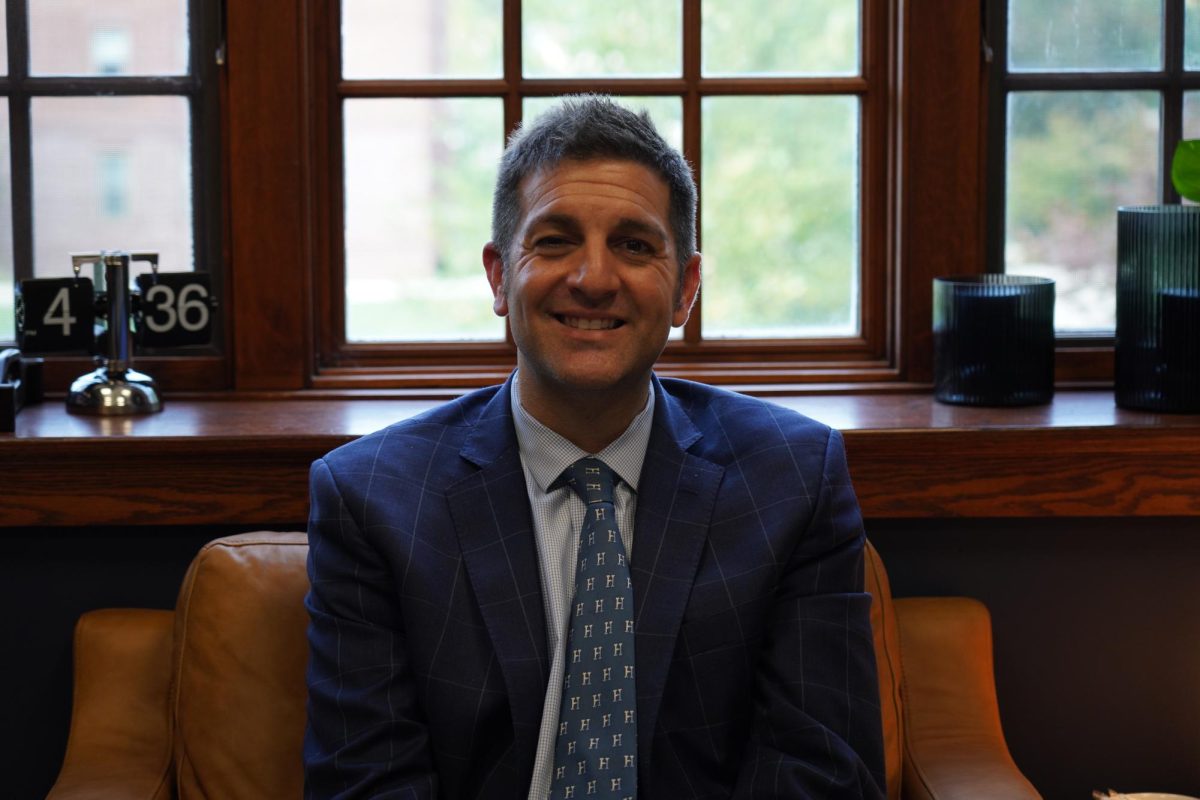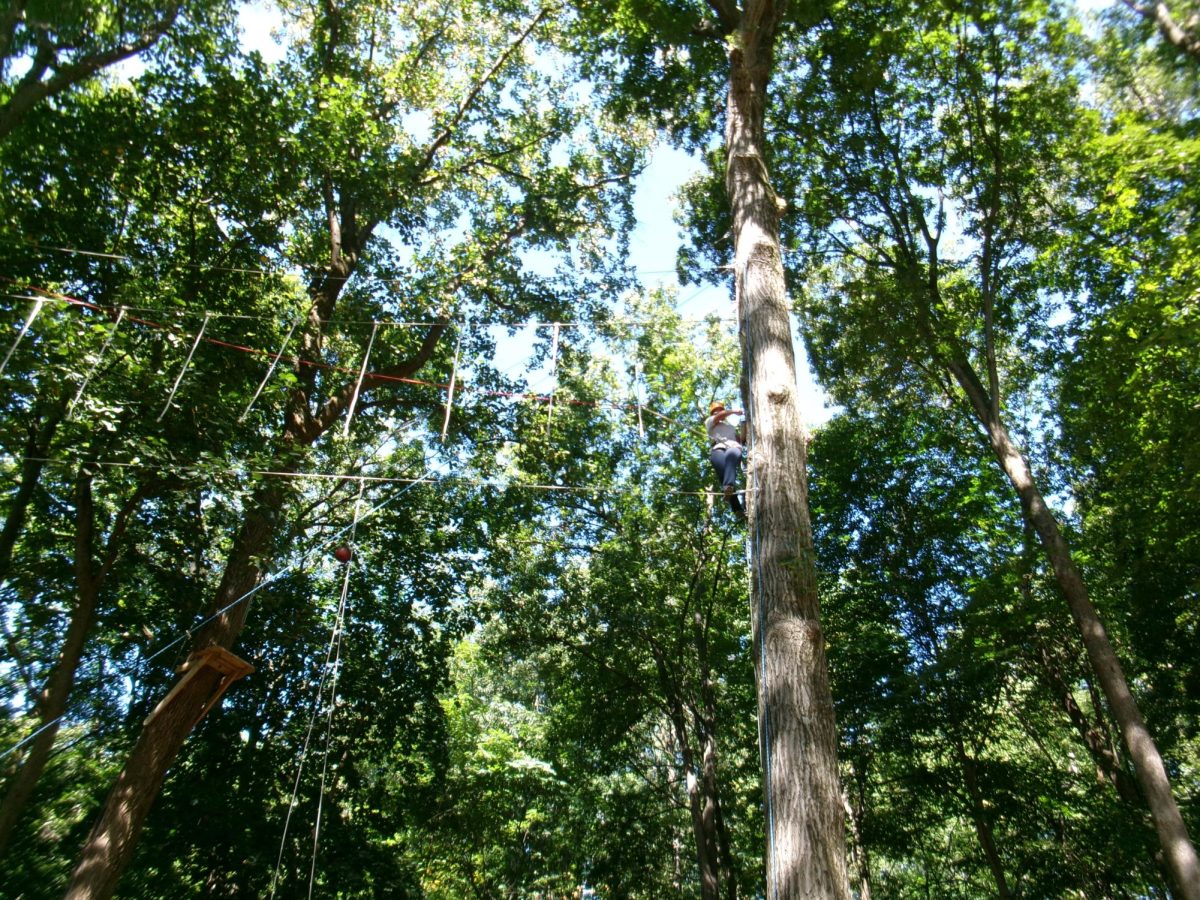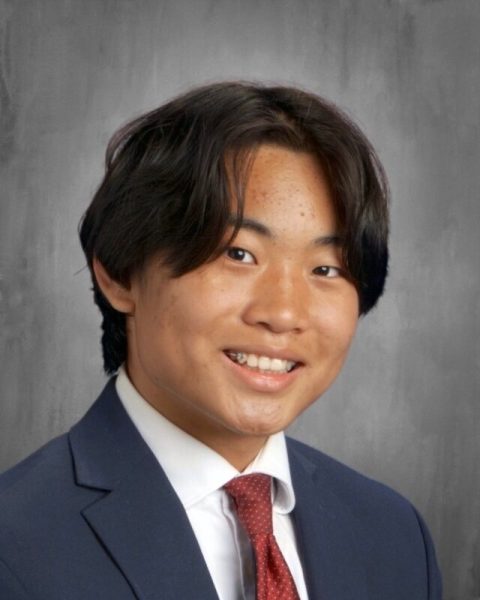The Hill School leadership summit is a series of workshops held during the days leading up to the beginning of school designed to ensure that Hill’s student leaders are ready to truly engage and lead the school. Whether this be through prefecting, serving on the SGA, or leading another student organization, it is Hill’s goal to equip leaders with the tools they need to be successful. In the past, the Leadership Summit consisted of lectures in the McNally Room or walking around campus to various stations. Last year, for example, the Leadership Summit included a keynote speaker, breakout sessions, and selections of TED talks that were used to motivate and teach student leaders. Most of these activities were indoors, and nearly all of them were lecture or discussion based.
However, this year, the summit was changed to have a much more significant emphasis on real life applications. The main ways that this was introduced to the leaders were through the scavenger hunt on the first night and the ropes course on the second day. The primary goal of the scavenger hunt was to encourage leaders to get to know each other and to improve their communication and teamwork skills. The ropes course was similar in its goal, also being centered around meeting new people. Leaders were broken up into 14 groups, and they had the opportunity to work with people they otherwise wouldn’t have interacted with.
Jeannie Lee ’26 really enjoyed that aspect of the leadership summit, as “it allowed you to hang out with people in multiple forms, and you [were] able to learn from them, and they [could] also learn from you,” said Jeannie. The ropes course specifically was incredibly divergent from former events done at the student Leadership Summit, since it was so physically focused. For many students, this had been their first time at such an activity, so it also allowed them to learn how to confront fears and how to push their peers to also confront obstacles: physically, emotionally, and mentally.
Overall, the reaction to the change in the activities of the Leadership Summit was primarily positive. “It was really fun to be out there doing something rather than just staying inside and listening to talks all day in the McNally Room,” Deric Choi ’26 stated.
However, many second-year student leaders, like Lee, felt as though there was a bit of redundancy between this year and last year in terms of the messages shared. Thankfully, faculty such as Director of Leadership Programs & the Cleveland Student Leadership Center B.J. Keefer and the deans have taken notice of the repetitiveness of topics and are working with the SGA, Prefect Council, and Honor Council to address this year’s complaints with a better Summit next fall.

